Raising construction costs record the strongest growth since 2008
In the past 12 months, building costs across all capital cities are running ahead of inflation. It is expected that the trend is set to continue due to construction demand outstripping supply for both labor and materials, global inflationary environment, and supply chain and logistic challenges caused by COVID-19.
Building costs spike at an accelerated rate
House and residential building construction prices recorded its largest increase since the September quarter 2008. Over the past twelve months, house construction prices rose 4%; residential building construction rose 3.3%.
Property construction prices rose across all states, the strongest quarterly rise for house construction prices was in Sydney at 3.4%, Brisbane took the second place with a 3.1% quarterly increase. Regards to residential building construction prices, the strongest quarterly rise was in TAS at 3.8% and follow by NSW with 3.4%.
What’s driving behind?
1. Global supply chain disruptions caused by Covid-19
Disruptions caused by Covid-19 are largely to blame with global supply chain issues negatively impacting both material delivery and pricing. Due to COVID-19 outbreak, in eastern China, where the biggest ports in the world located, saw significantly shipping reduce to 10% compared to normal period which created a backlog of shipments, impacting supply chain across the world. It’s anticipated that further prices will keep increasing 6-8% with global supply chain issues expected to continue through 2022.
2. Labor shortage
State and international border closures have led to intractable labor shortages. Ordinarily when the borders are open our pressure relief valve is immigration but that’s not an option for now. As a result, in 2021, wages price in construction sector has increase 4.9% till Sep quarter, which is keep going up.
Federal and state (e.g., WA and TAS) based homebuilder grants coupled with government investment in infrastructure has resulted in increased activity, driving demand for labor, and putting upward pressure on private sectors’ labor costs.
3. Increased building materials prices
According to ABS, material costs to property construction rose in line with increased demand for building materials, the main contributors were:
Timber, board, and joinery (+3.9%), driven by structural timber (+6.6%), due to global timber price increases because of supply shortages and increased demand for softwood.
Other metal products (+1.9%), driven by aluminum windows and doors (+2.2%), due to price rises in aluminum, glass, and timber as a result of increasing international freight costs and production shortages.
Electrical equipment (+4.4%), driven by electric cable and conduit (+10.0%), due to price rises in copper and resin.
4. Construction demand & government stimulations
Government money and low interest rates, coupled with a higher inflationary environment, are fueling a global construction boom. To stimulate the economy, almost all the major Central Banks implemented Quantitative Easing (QE) and have set interest rates to record low. The US Federal Reserve announced on mid-March 2020 to purchase 700 billion U.S. dollars worth of government debt bonds and mortgage-backed securities from domestic financial institution. Within 7 months, narrow measure of money supply (M1) increased 40%. Such a huge amount of money supply company with low interest rate tend to increase inflation and result in cost of living, construction, property increase as businesses face higher raw material costs and pass them onto consumers.
In Australia, Reserve Bank of Australia (RBA) reduced the cash rate twice in March 2020 from an initial 0.75% to 0.25%, and again in November 2020 to 0.1%, record low in history. Low interest rate and QE monetary policy all contribute to construction demand boom and eventually result in demand for both labor and materials is outstripping supply.
Besides, we saw an infrastructure boom going on across all capital cities with a huge amount of investment in infrastructures such as road and rail. With further stimulation of 2032 Brisbane Olympics, this trend will be accelerated in the following decade, and we will see a raft of development and infrastructure projects are ready to break ground.
Implications to our funds
We have not yet seen any disruptions or material impact on the progression of existing construction projects. Most of the projects have locked in the construction costs with domestic contractors and suppliers before the disruption as the developers are experienced and fully aware of the inflationary trend in the market.
For developers, they will face higher construction costs and pass price them onto future property buyers and push up property prices. On the other side, a big portion of money supply from central banks will sink into property sectors, either through private property buyers or through property developers. In this inflationary environment, property investments, being a creditable way to protect wealth and against inflation, will see an unprecedented return/capital growth in the near future.
At Wharton, we offer professionally managed property investment options, and aim to provide competitive, risk-adjusted returns in this inflationary environment. Wharton’s executive team has over 20 years’ experience in real estate fund management and property market. The far-sighted experts in the team are keeping monitoring the market changes and economic factors in order to seize the best investment opportunities at the best timing of market cycle and provide tailored flexible solutions that are suited to our investors. Since inception, Wharton Capital has successfully funded over 18 property projects with project value of $718 million and delivered average annual return of 10% to our investors.
If you want to learn more about Wharton’s capability, please contact us info@whartoncapital.com.au.






